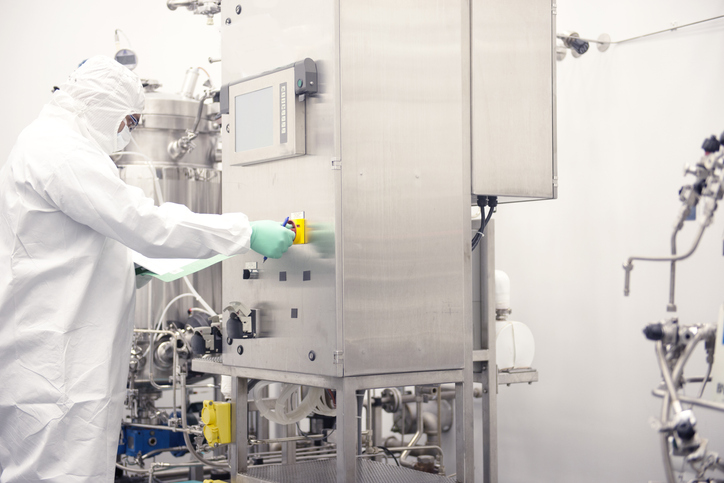Biomanufacturers commonly use mathematical models to optimize bioprocesses and can achieve notable improvements, but process/model mismatches remain a significant challenge. Tomoki Ohkubo, a graduate student at Nara Institute of Science and Technology, and Katsuyuki Kunida, PhD, a computational biologist at Fujita Health University, developed a hybrid in silico/in-cell controller (HISICC) to remedy this situation.
Basically, this HISICC control strategy “combines a high-level in silico feedforward controller and a low-level in-cell controller,” they wrote a recent paper. “When the actual process state deviates from the prediction by the in silico controller…the in-cell feedback controller senses (that) and corrects the cell behavior.”
Optimizing microbial processes requires insights into intracellular concentrations of mRNA, proteins, metabolites, or products, but the biochemical methods to analyze them have long turnaround times that make them impractical—in particular—for bacteria-based bioprocesses. In such cases, predictive control models often can’t be used or the input values are no longer represent the circumstances. In those situations, process/model mismatches occur and product yields decline.
Predictive model control
This design shows process yields can be stabilized by combining predictive model control (which doesn’t monitor intracellular concentrations of RNA, metabolites of enzymes) with in-cell controllers that, despite offering only simple feedback control, can detect those intracellular concentrations. As a proof-of-concept, this HISICC model lays the foundation for a more sophisticated version designed for mammalian cells.
“We believe that by applying HISICCs, pharmaceutical manufacturers will be able to produce greater amounts of product from smaller amounts of raw materials,” Ohkubo tells GEN.
Ohkubo compared the growth prediction error in the isopropanol (IPA) production process for two engineered strains of Escherichia coli cells and various degrees of process/model mismatch. Both strains had metabolic toggle switches, but only one also had quorum sensing to activate that toggle when specific levels of acylated homoserine lactone (AHL) were detected. The strain with the metabolic toggle and quorum sensing—the HISICC—maintained steady production even when cell growth outpaced that of the in silico model. In the strain with only the metabolic toggle, production decreased.
This work featured E. coli cells. But, Ohkubo points out, “Many of the currently marketed pharmaceuticals are manufactured using mammalian cells…so the repertoire of gene circuit components (biosensors, promoters, transcription factors) applicable to mammalian cells is not yet very large. Therefore, it will take time to expand our approach.”
As the next step, Ohkubo says, “We plan to design a HISICC that utilizes biosensors to detect intracellular metabolite concentrations, which are difficult to detect in real-time with measuring instruments or biochemical analysis.”


